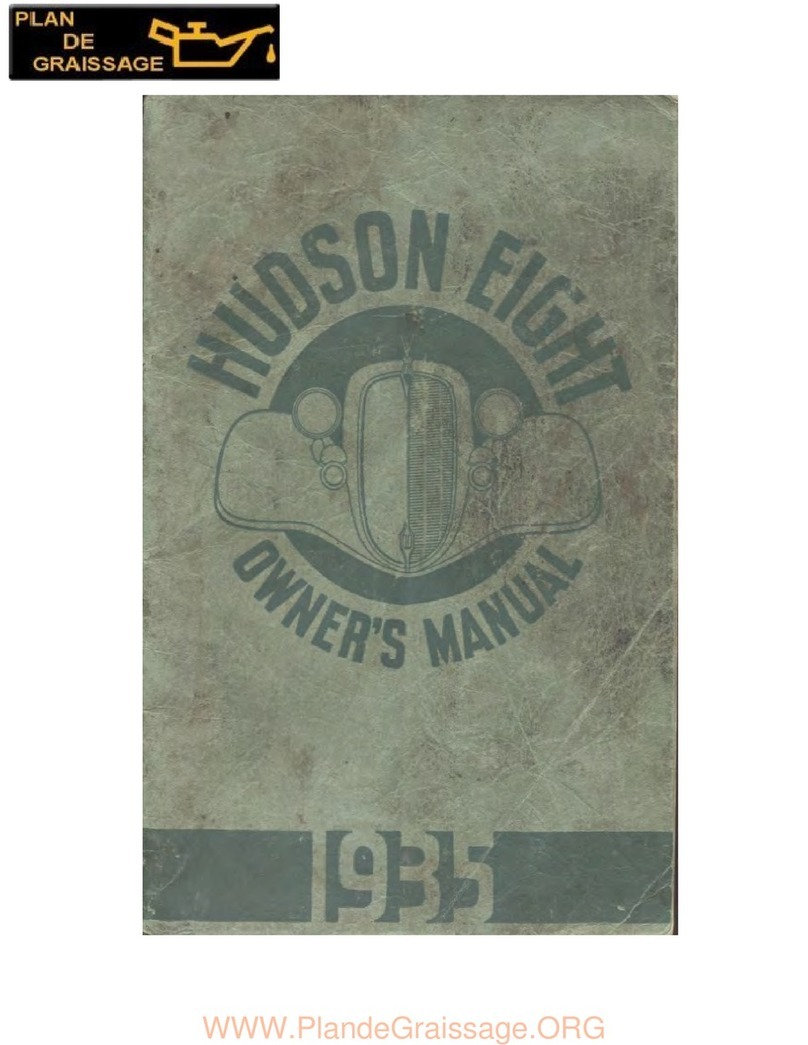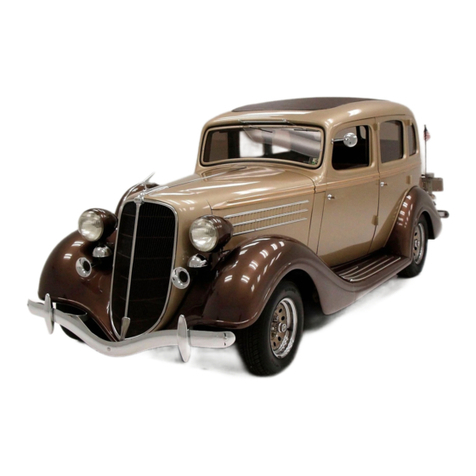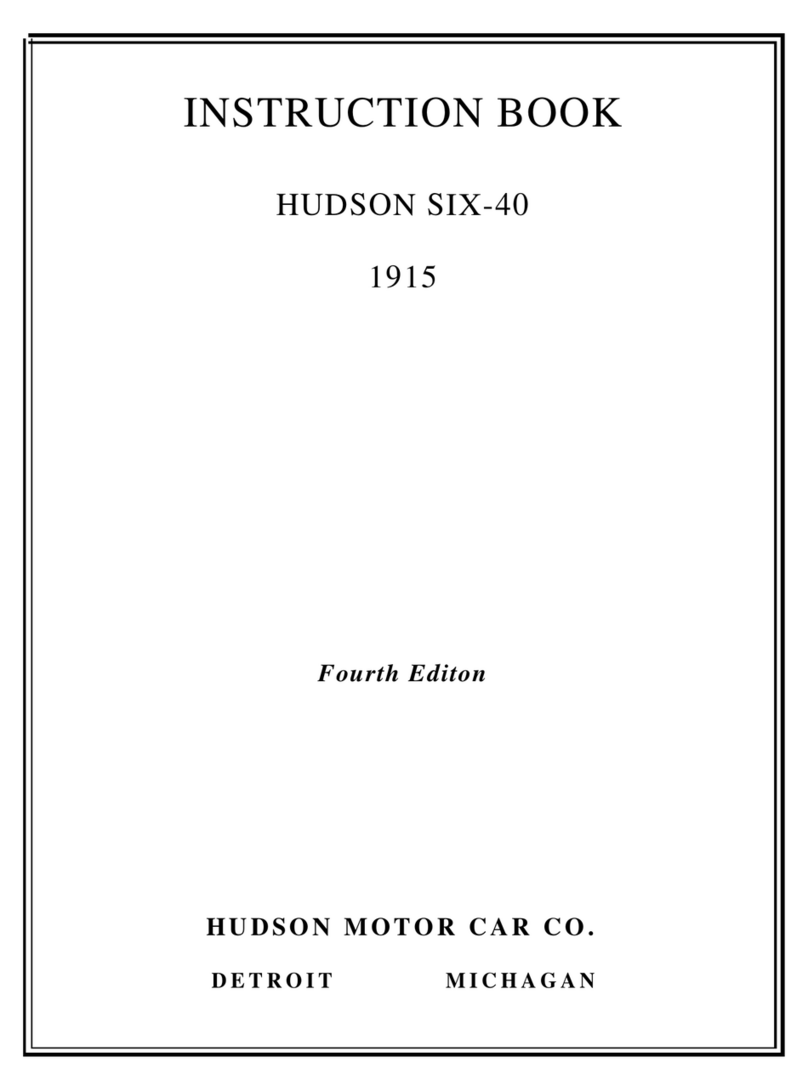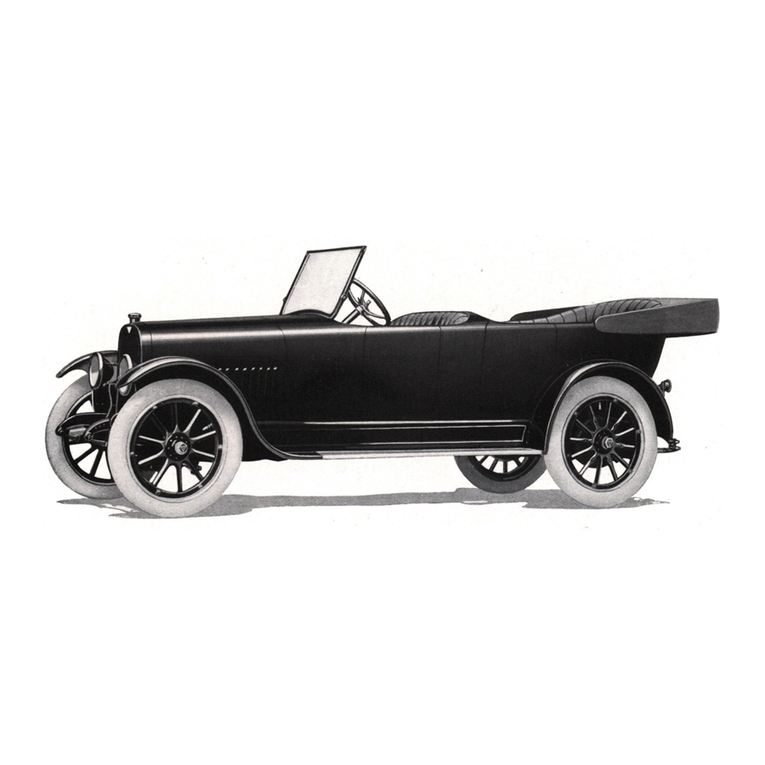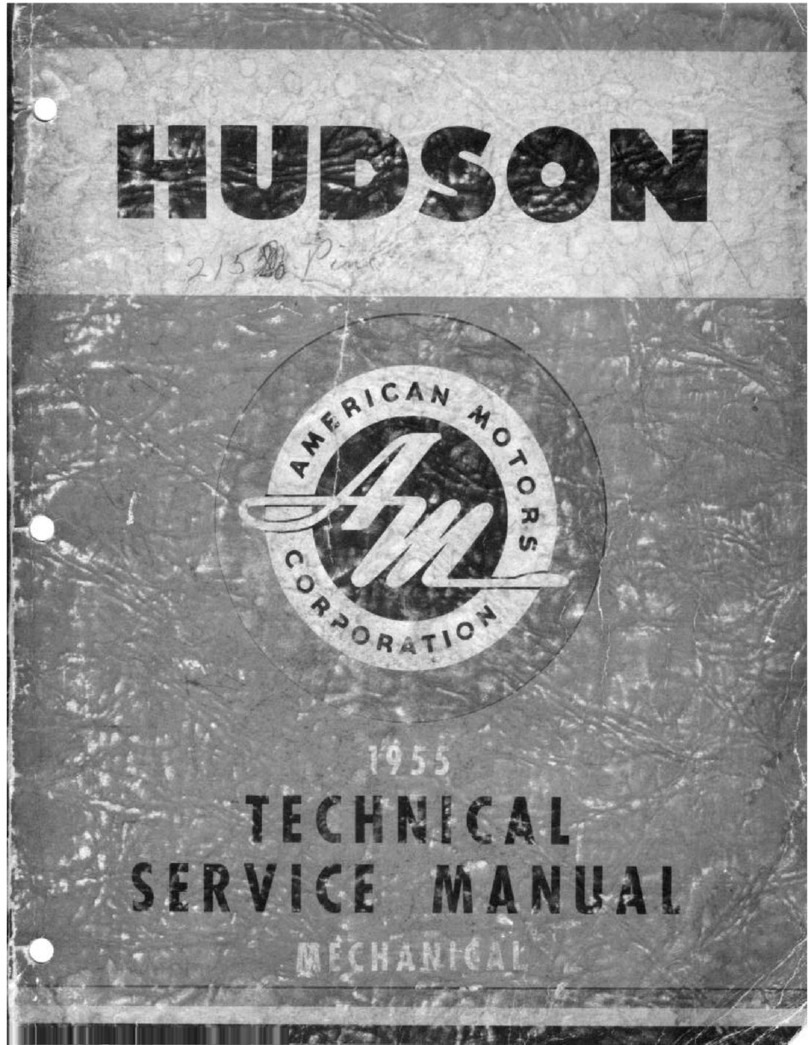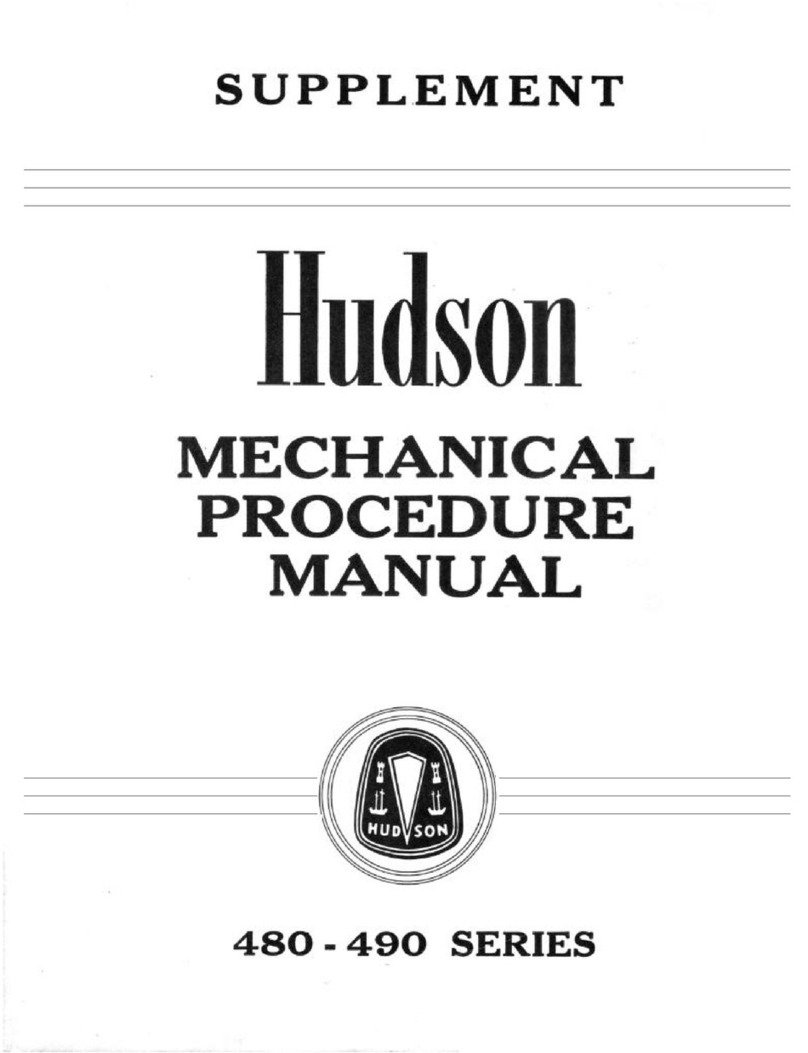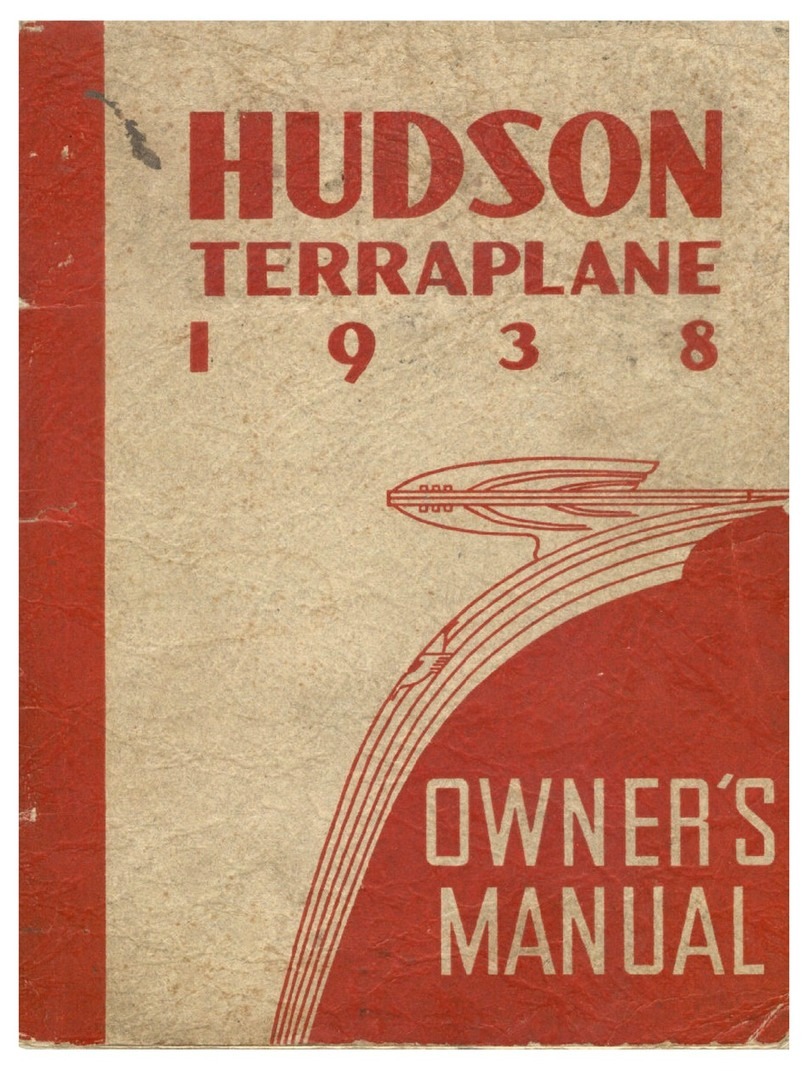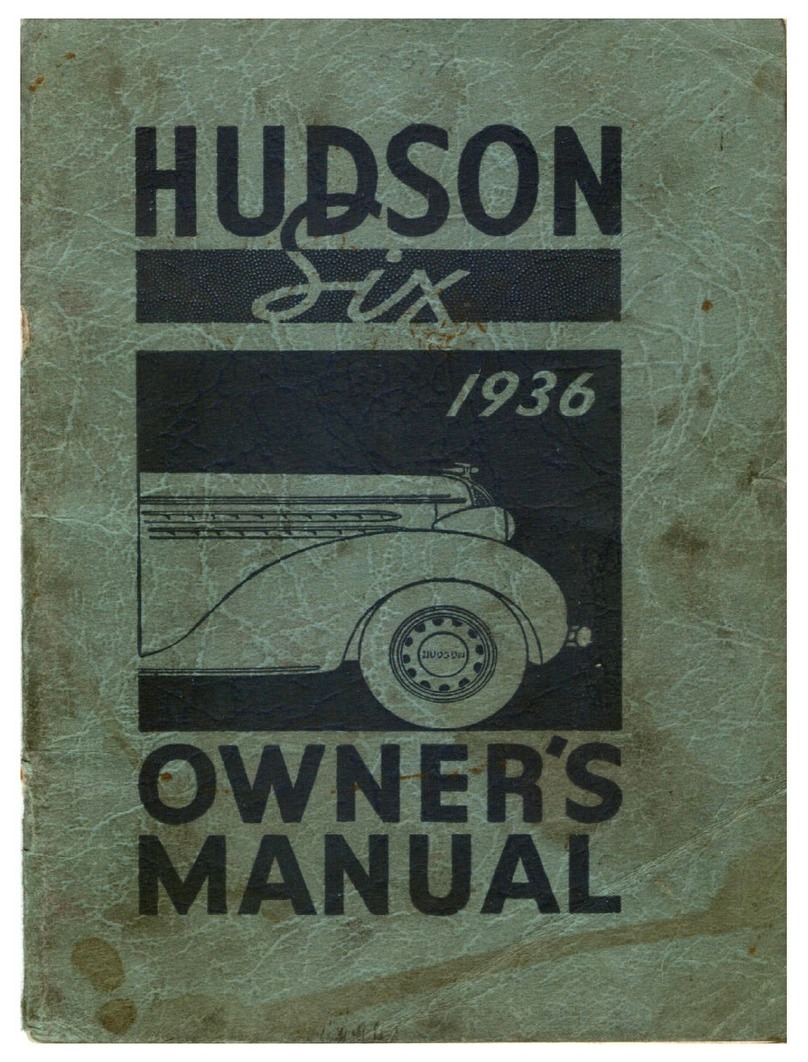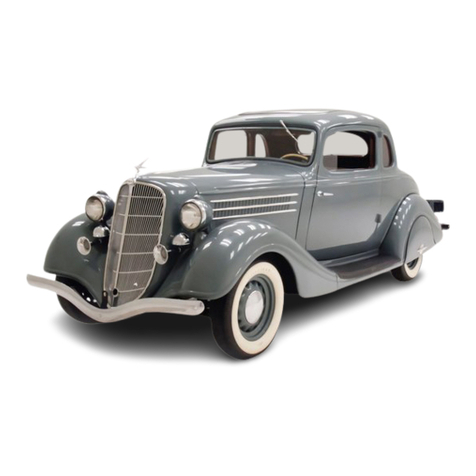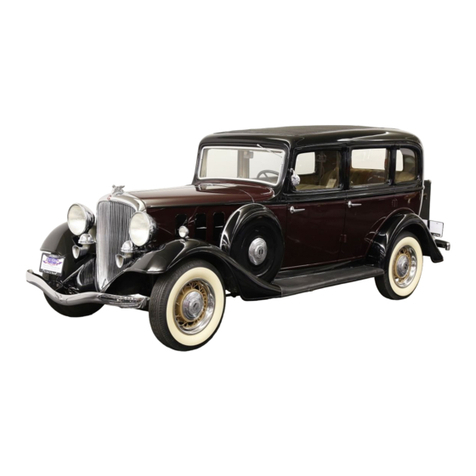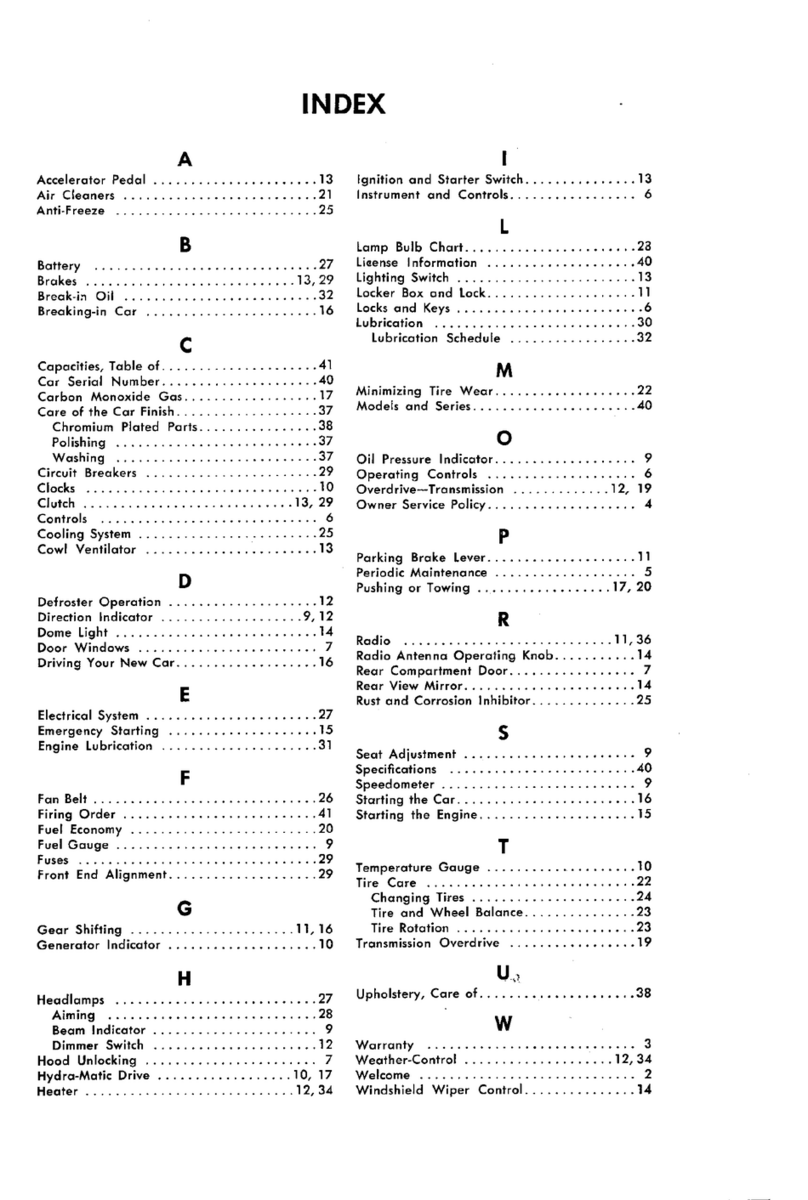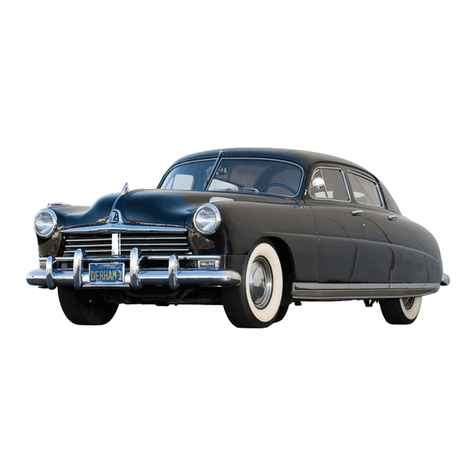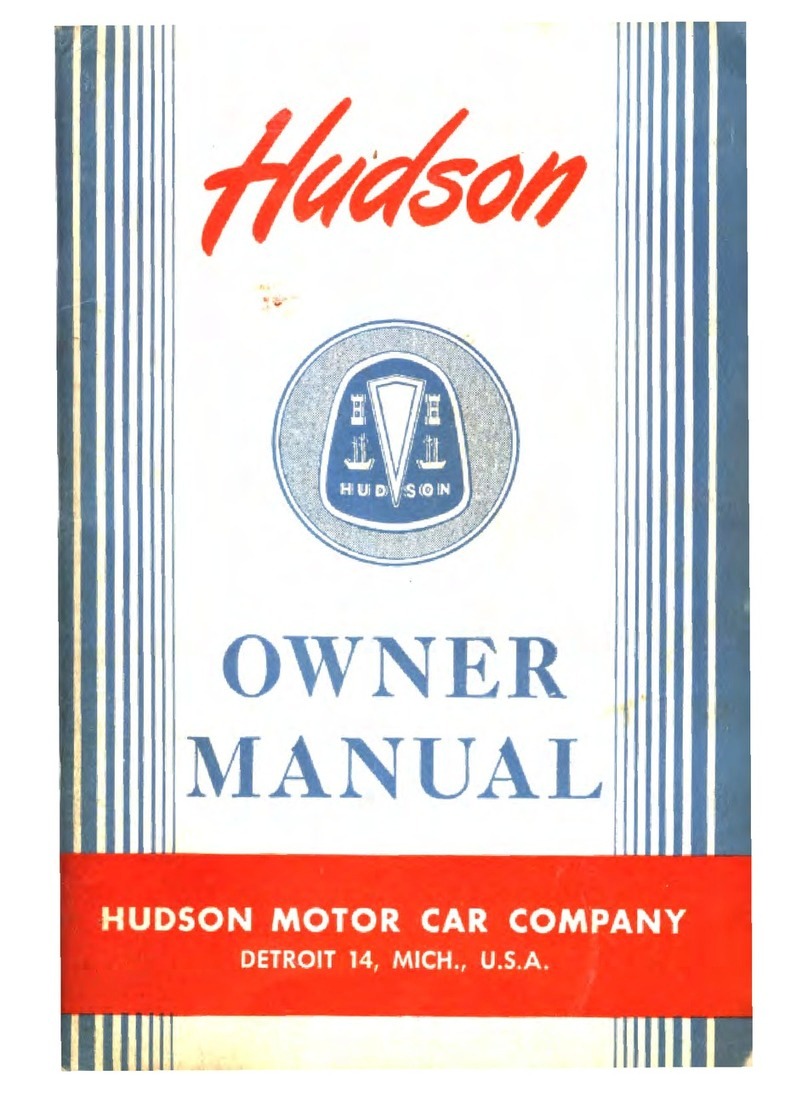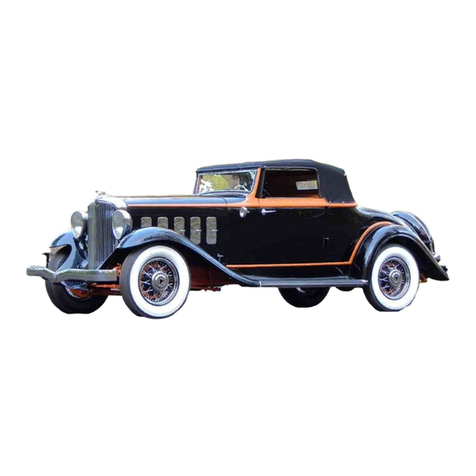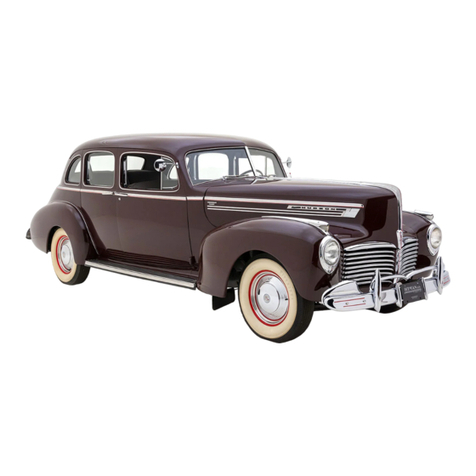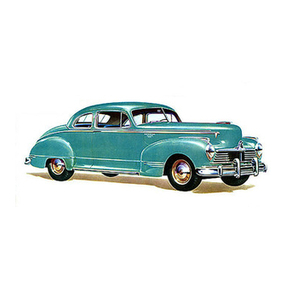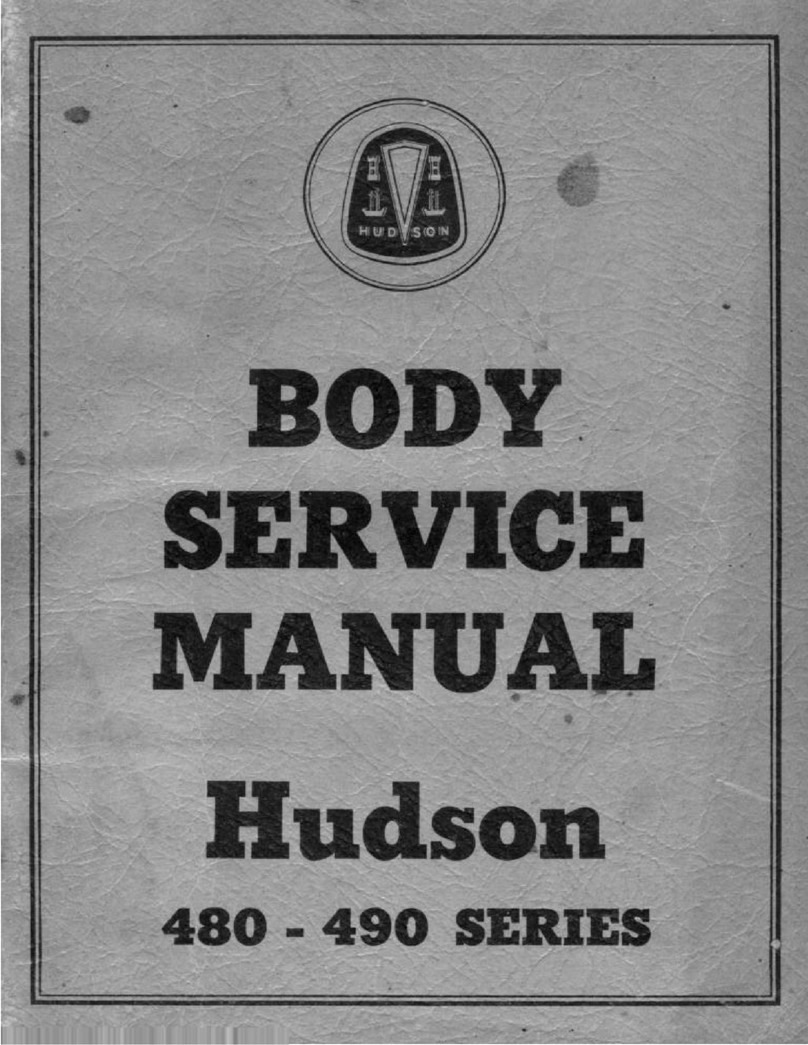
MECHANICAL PROCEDURE MANUAL
Page 3
LUBRICATION
The correct lubrication of all working parts is of prime
importance to the life, performance and economy of oper-
ation of the automobile. Correct lubrication requires the
use of the recommended type and grade of lubricant,
properly applied, in the right quantities and at the speci-
fied intervals.
The recommended specifications are in most instances
confined to S.A.E. viscosity numbers. These numbers
simply classify lubricants according to viscosity or fluid-
ity but without reference to any other characteristics or
properties.
THE REFINER OR MARKETER SUPPLYING THE
LUBRICANT IS RESPONSIBLE FOR THE QUALITY
OF ITS PRODUCT. THEIR REPUTATION IS YOUR
BEST INDICATION OF QUALITY.
Engine Oil
The various viscosities are overlapping in the
range of temperatures in which they should be used,
however, as shown in Figure 201, as the atmospheric
temperature goes down the desirability of an ,oil from a
cranking standpoint becomes less while its ability to pro-
tect the engine parts, together with oil mileage, is reduced
as the temperature is increased. In selecting the oil to be
supplied to Hudson and Terraplane owners, consult the
chart and select a viscosity which will insure starting at
the coldest temperature encountered but do not go lower
than necessary as this reduces the protection to the engine
parts and increased oil consumption.
The chart (Figure 201) has been prepared to aid in
visualizing the adaptability of the various oils specified.
For example: An oil is to be used when the minimum
temperature expected is 15° above zero. It will be noted
that this temperature is within the recommended range for
20W, W and W plus 10% kerosene. Referring to the width
of the stripped section for each of these oils it will be
noted that satisfactory starting can be expected with any,
however, cranking will be easiest with 10W plus 10',",
kerosene as its stripped section is wider at plus 15° than is
the stripped section of the other two oils.
Running conditions must also be considered, particu-
larly since temperatures higher than the minimum will
also be encountered. If these temperatures are above plus
20° the use of 10W plus 10c; kerosene would result in
excessive oil consumption.
The 10W having a wider black section at plus 20°
would not show as much consumption and probably
would be satisfactory from this standpoint for a car used
infrequently or for short runs. The 20W however, which
would give satisfactory starting conditions, would also
give better oil mileage particularly on continuous running
and up to much higher atmospheric temperatures.
Hudsonite
Hudsonite is a special lubricant, developed and
compounded in the Hudson Engineering Laborato-
ries. Its use insures maximum smoothness and maxi-
mum life of the clutch.
Transmission Differential and Steering Gear
The lubricant for these units should consist of a
good grade of mineral oil to which has been added
not less than 15% Extreme Pressure (E.P.) base.
This base may consist of combined sulphur and sa-
ponifiable oils, free from fatty acids.
This lubricant must be non-corrosive and nonabra-
sive.
Never add extreme pressure lubricants to lubri-
cants already in the units unless there is definite
knowledge that both lubricants are the same type.
Certain types of Extreme Pressure lubricants will
react on others as well as on straight mineral oils.
When in doubt, drain and flush the unit and refill with
the recommended E.P. lubricant.
Except for the above, the lubricant in the transmis-
sion and differential should be drained and replaced
with change of season and new lubricant added as
necessary between changes.
Add the recommended lubricant to the steering
gear as necessary to maintain the proper level.
Wheel Bearings
Due to the high temperatures generated at the
wheel bearings under severe brake usage, the wheel
bearing lubricant must not thin out at high tempera-
tures. It should be a Sodium Soap Grease, smooth,
non-fibrous and uniform, free from fillers and grit
and must not separate under ordinary conditions of
operation.
Water Pump and Drag Link
The lubricant used at these points must be insolu-
ble in water and should not wash off. A smooth,
uniform, Aluminum soap grease, free from fillers and
grit which must not separate under ordinary operating
conditions is recommended.
Steering Spindles, Spring Shackles and
allOtherPressureFittings,ChassisSpringCovers,
Universal Joints
This lubricant can be either an Aluminum or Sodium
base grease but must be of a rubbery texture so that it
